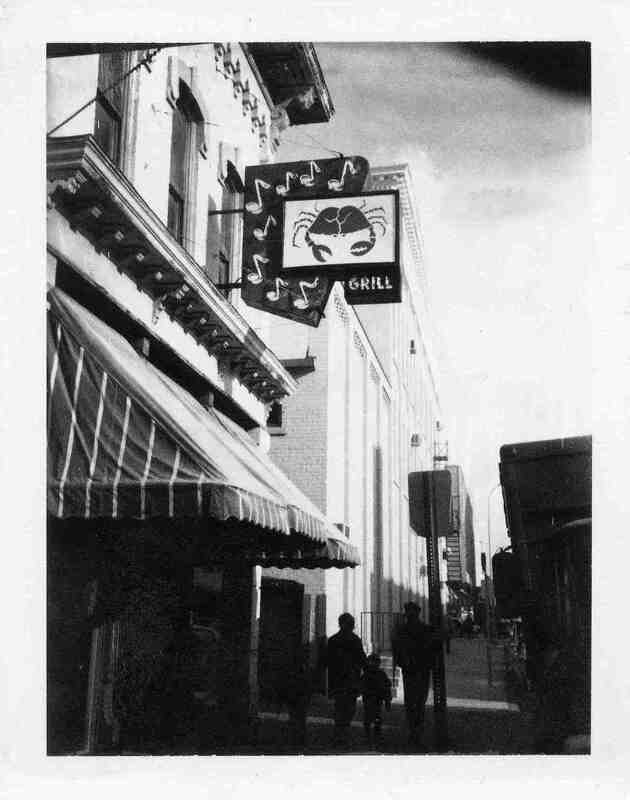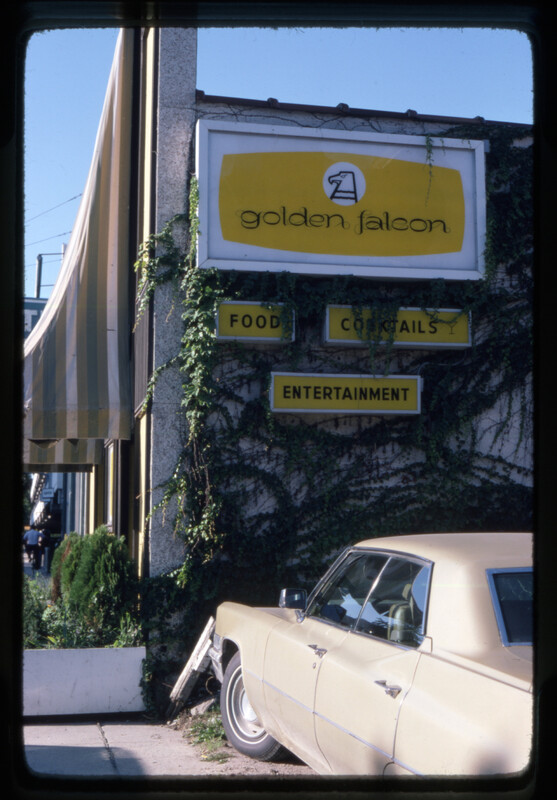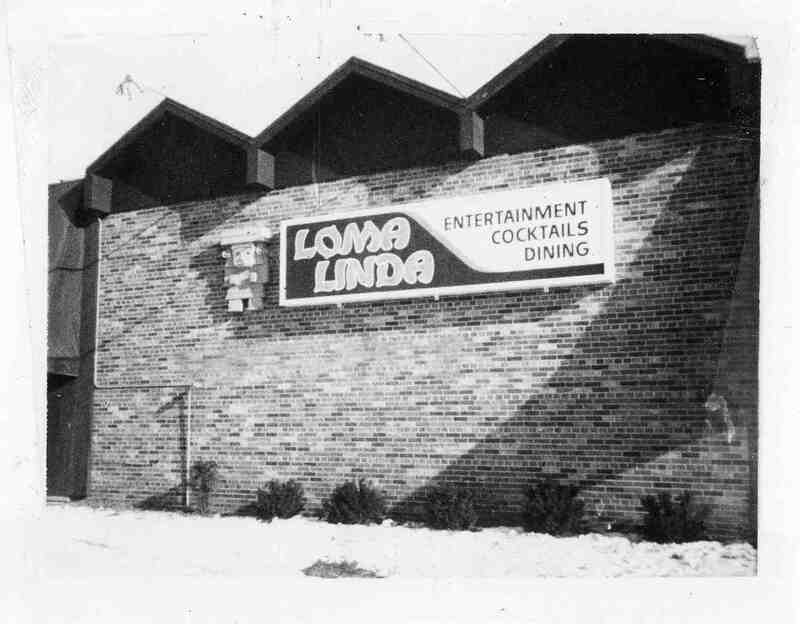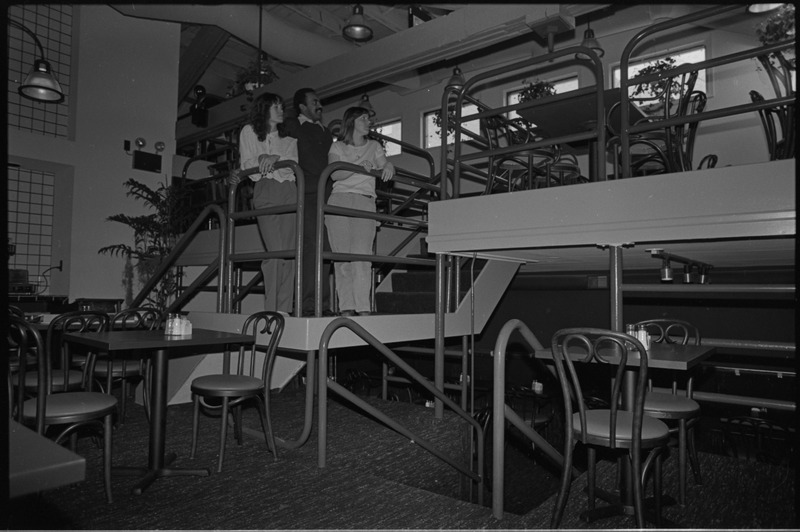Community Jazz Scene
The jazz scene of Ann Arbor, MI, began in small house parties scattered throughout town.
Those house parties originated through the consequences of the prohibition in the 1930s. While the laws prohibiting the sale of liquor was repealed in 1933, liquor sold by the glass was still illegal. The only exception to this was in private clubs. The local casual bars did not have the extra cash to support hiring musicians or bands, so performers looked to alternative venues. Their answer: student rental homes in the city. This enabled a private, speakeasy environment for jazz enjoyers and aficionados.
Michael Erlewine (a notable local jazz aficionado and participant in the scene) describes what the atmosphere at these parties was like, recounting his experience as a young teenager trying participate in the scene during the late 1950s and early 1960s:
“As a high-school kid, I was allowed in, but had to keep a very low profile, sitting along the floor with my back against the walls and just taking it in…These houses and their jazz parties were usually held in one or two largish rooms. The jazz players would set up in a corner…. drums, a standup bass, and a horn, usually a saxophone, but sometimes a flute. And of course, a piano, if one was present. There was very little vocal jazz as I remember” (Erlewine).
Thus, the jazz scene got its roots. As time wore on, in conjunction with the removal of the liquor-by-the-glass law, bars slowly began to bring artists back into their space in the late 60s and early 70s. The rise of jazz bars in Ann Arbor started with restaurant and club locations like The Loma Linda, the cafe Creole, the Golden Falcon, and the Cracked Crab (formally known as the Towne Bar)(Nastos, 1985), while house events like Erlewine described slowly became less popular. Other venues, like the Canterbury house, held events like “Jazz Mass”, which blended together jazz and hymns in a unique worship experience for students and jazz fans alike.
Later, the 80s saw the arrival of the only “true” jazz club, called the Bird of Paradise.This was the brainchild of a local musician Ron Brooks, during a time where the locations of the 70s slowly petered out (Eshenroder, 1984). Unfortunately, even a dedicated space such as this could not stand the test of time, with the Bird of Paradise closing in 2004. More modern clubs like the Ark (2000s) and the Blue Llama (2019) continue on to this day.




